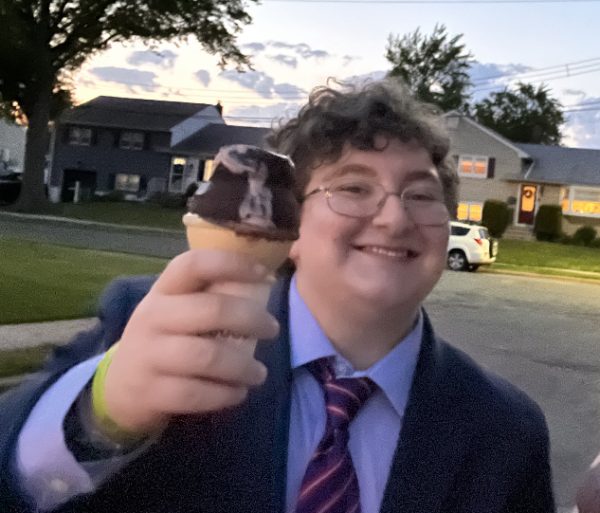On Thursday, Nov. 9, Visiting Professor Dr. Laura Levitt gave a talk in Leighton 305 about her book “The Objects that Remain,” a memoir that examines the ways that we as a society use the objects left behind from events of intense violence and oppression to reflect on the concepts of trauma and the lives that were lost.
Levitt is a professor of religion, Jewish studies and gender studies at Temple University in Pennsylvania. She has served as both chair of the religion department and director of the Jewish studies and gender, sexuality and women’s studies programs there. She also is a member of the Sexual Misconduct Task Force at the national Association for Jewish Studies. In the Winter and Spring Terms of 2024, she will be the Benedict Distinguished Visiting Professor in the religion department at Carleton.
After an introduction by religion department chair Kristin Bloomer, Levitt began her talk by acknowledging the current political situation in the Middle East and how that relates to her presentation. Levitt said that while she wrote her talk before the conflict arose, her arguments about objects and how they take on new meanings were ever more important as we are currently witnessing “objects piling up” as violence continues in Israel and Gaza.
Levitt began discussing the book in the same way it begins: with a quote by author Maggie Nelson. Nelson ‘s work left an impact on Levitt, which she discusses in the first part of her book. The first part of Levitt’s book is about the “sacred texts” that inspire her, which included “Jane: A Murder” and “The Red Parts” by Nelson and “The Hare With Amber Eyes” by Edmund de Waal, which tells the story of De Waal’s family and their experiences during the Holocaust through objects. During this portion of the talk, Levitt displayed several images of the homes she used to live in, with the objects that her parents left behind when they passed away. Levitt also spent some time speaking about the importance of pottery to her personal story, as De Waal was a potter, as was her partner when she was sexually assaulted 34 years ago. She speaks of this experience and how it relates to her ability to “let go” of objects and experiences in the first part of her book.
She then moved into discussing the second part of her book, which focuses on arts and rites as they concern property. In this portion of the book and her talk, Levitt dove deep into both museum conservation and the conservation of evidence when it is in police custody. Levitt emphasized that the intense labor involved in conserving both historical and evidentiary artifacts is “domestic, underappreciated, invisible and in a way, feminine” but integral to the path of getting justice to victims.
She went into detail about several conservation efforts, including the expensive, laborious and months-long process of sending tons of preserved shoes taken from Holocaust victims in concentration camps to and from Poland once every five years because of international laws. Because Levitt has done work with the United States Holocaust Memorial Museum, she has experience collaborating with Holocaust art historians, curators and conservators. She stressed that while these people do their best to restore objects to the point that they can be displayed in museums, they also must refrain from restoring them too much to avoid losing the “condition that marks them tainted” by violence.
Levitt also described her experience undergoing a two-day course with a police department on how to preserve and catalog evidence. She acknowledged that when an object marked by violence becomes a part of a criminal case, it takes on a new identity and becomes publicly owned. She also emphasized the importance of preserving evidence in police custody: poorly conserved evidence can be the difference between justice being served and the continuation of the violence that marked an object tainted in the first place.
Overall, students found the talk informative and powerful. “I think it’s really important that we have a professor here that works with Holocaust and genocide studies, especially now,” said Talia Raich ’27. “I thought the talk was really engaging and I learned a lot, and I am looking forward to her being a professor next term.”
Levitt concluded her talk similarly to how it began. She noted that when we take to heart the importance of the objects around us, it does not just give us a promise of life after the traumatic event, but also an “unexpected gift of clarity and an ability to let go.” She then took questions about what happens when objects are not well-preserved, what objects mean to different people and conservation efforts surrounding more recent tragedies like the murder of George Floyd.












